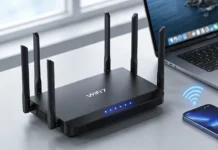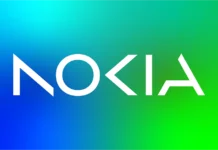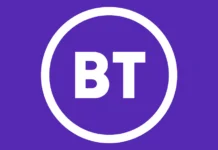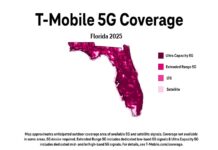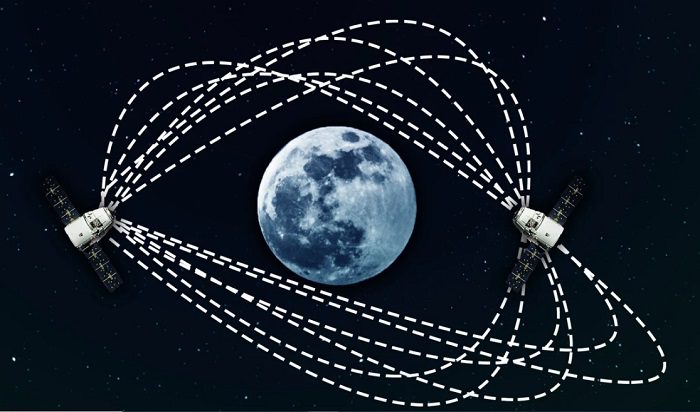Nokia is all set to launch a 4G mobile network on the moon by the end of 2023 so as to elevate the lunar discoveries, which would eventually pave the path for many more discoveries as well as human presence on the satellite planet.
Nokia, which happens to be the Finnish telecommunications group, is planning to launch the network via SpaceX rocket in the months to come, as confirmed by the company’s principal engineer, Luis Maestro Ruiz De Temino, at a trade show in Barcelona earlier in March.
The network is going to be powered by an antenna-led base station that will be stored in a Nova-C lunar lander that has already been designed by Intuitive Machines, a US space firm. All this is going to be accompanied by a solar-powered rover as well.
It is well to be noted that an LTE connection will get established between the rover and the lander. There are plans to land the entire infrastructure on the Shackleton crater, which is based on the southern limb of the moon. According to Nokia, the technology is designed to withstand any extreme space condition. The network will be used within Artemis 1 mission by Nasa, which plans to send first human astronauts to the moon since 1972.
The idea is to put forth the fact that the terrestrial networks can capably meet the communication needs of future space missions. Nokia also added that its network is going to enable the astronauts to keep in touch with each other as well as the mission control to remotely control the rover and also stream real-time videos as well as the data back to earth.
The lander is going to be launched through a SpaceX rocket, as per Luis Maestro Ruiz De Temino, who went on to explain that the rocket is not going to take the lander all the way to the moon’s surface but will have a propulsion system so as to finish the journey.
The principal analyst at Moor Insights & Strategy, Anshel Sag, confirmed that 2023 looks to be an optimistic target for the Nokia equipment launch. If the hardware happens to be ready and is validated, there is indeed a good chance that the launch could very well take place in 2023 itself, as long as the launch partner does not go through any delays or setbacks.
Earlier, Nokia had said that its lunar network will go on to provide crucial communication capabilities when it comes to numerous data transmission applications such as important control and command functions, the lunar rover’s remote control, real-time navigation, and streaming high-definition video.
Finding Lunar Ice
One of the most significant things that Nokia is looking to achieve through its lunar network endeavour is exploring ice on the moon’s surface. Apparently, most of the moon’s surface is dry; however, the recently concluded unmanned missions to the lunar planet have pinpointed certain ice remnants that have been seen trapped around the poles in sheltered craters.
The fact is that if this is the case, such water can be treated as well as used for drinking, broken up into oxygen and hydrogen so as to be used as rocket fuel, or even parted to give breathable oxygen to astronauts.
According to Sag, he can see this being used in the case of future expeditions that continue to explore the moon. He added that when it comes to mining, it requires loads of infrastructure to be placed as well as the availability of data to gauge where certain resources happen to be located.
One will need, according to him, more than mere internet connectivity if there seem to be any chances of living on the moon. For instance, Rolls Royce, the engineering giant, is functioning on a nuclear reactor so as to provide electricity to future moon inhabitants as well as explorers.

